Japanese spacecraft have observed a giant wave in the atmosphere of Venus, which may be the largest of its kind in our Solar System. The wave is thought to be generated in a broadly similar way to the surface ripples that form as water flows over rocks on a stream bed.
EU-funded scientists have helped to confirm the existence of Earth-like exoplanets and issued weather reports from planets 1 000 light years away.
Located nearly 11 000 light years away, a recently discovered star could provide EU-funded astronomers with new clues as to how the universe’s most massive stars are formed.
Astronomers of the European Southern Observatory have discovered that Proxima Centauri, the closest star to our Solar System has a planet that may have the right features to support life on its surface, a groundbreaking discovery as this makes the exoplanet the closest possible residence for alien life outside our Solar System.
Research aided by the DELICAT project has highlighted how turbulence can be detected in a much faster and more efficient way, using data already routinely broadcast by commercial airlines.
The EU-funded EUROPRUNING project has implemented a true pruning-to-energy value chain by introducing new technology and by removing barriers to the use of agricultural residues as an energy resource.
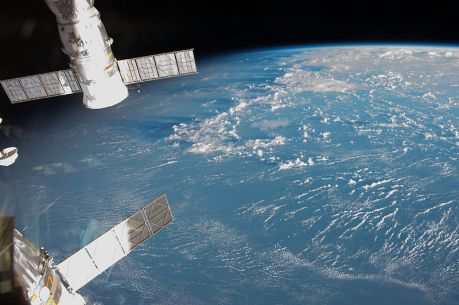
Maintaining satellite orientation during orbit may soon be accomplished by a levitating sphere that boasts reduced mass and greater reliability than conventional systems. EU-funded scientists have taken the lead in this direction.
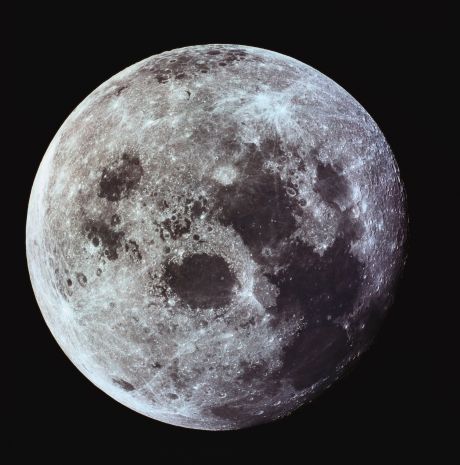
Researchers are modelling the chemical processes active when the moon was first formed to better understand the geochemistry of the moon today.
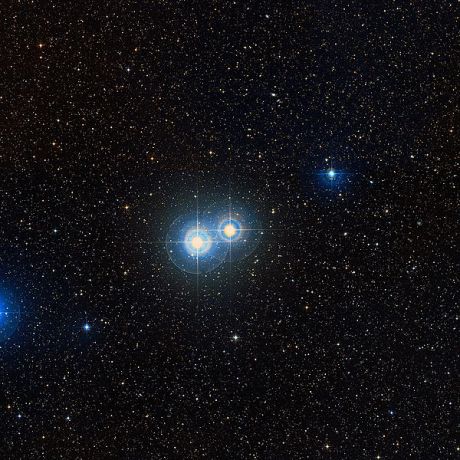
EU-funded physicists have gained glimpses of the interior of neutron stars, combining observations with theoretical calculations to pin down the nature of matter in these ultra-dense stellar corpses.
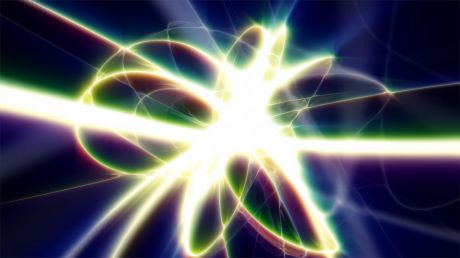
In the interstellar medium and circumstellar environments, complex molecules and dust are formed from heavy elements, which are combined according to the physical and chemical conditions that they experience. EU-funded scientists have developed a theoretical framework to study in detail this cosmic nanoworld.
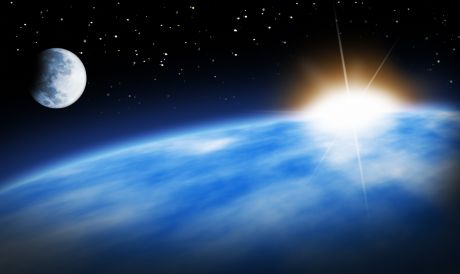
Humans and robots face many hazards when they leave behind the protective shield of Earth's atmosphere. It is vital to estimate every threat so that the best countermeasures can be taken.
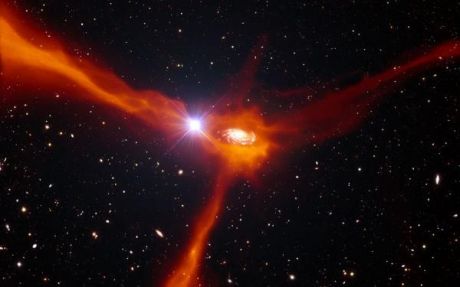
This year gravitational waves were detected for the first time, from a pair of merging black holes. An understanding of neutron star mergers will be crucial for the interpretation of their gravitational wave properties.
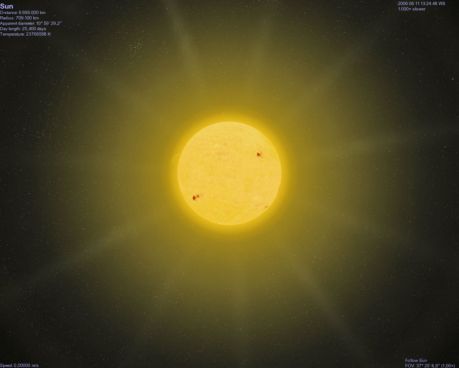
EU-funded scientists have established the occurrence of magnetohydrodynamic (MHD) turbulent energy cascade in solar wind plasma through the observation of an exact law from spacecraft measurements.
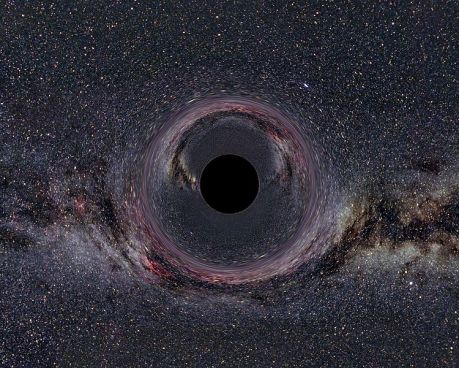
There is strong evidence that Sagittarius A*, the supermassive black hole at the centre of our galaxy, was more active in the past. EU-funded astrophysicists, studying X-ray emission in the neighbourhood, found signs of dramatic changes.
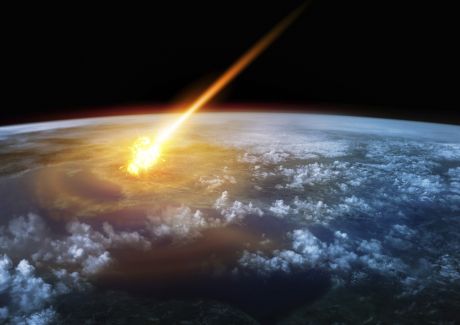
It may be hard to imagine that something that is inflated can survive the high heat and friction during re-entry into the Earth's atmosphere. But, a group of EU-backed researchers thought that an inflatable heat shield could be the solution to one of the many engineering challenges to bringing objects in space back down to Earth.
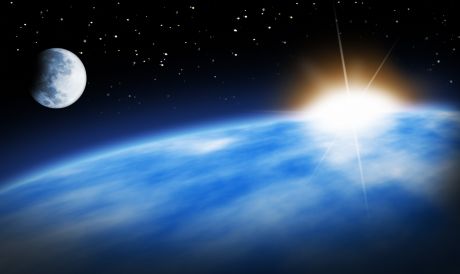
Hundreds of extrasolar planets – also called exoplanets – have been detected so far, and an intense worldwide research effort is ongoing to unveil the details of these distant worlds. Some of the latest discoveries have been made by EU-funded scientists.
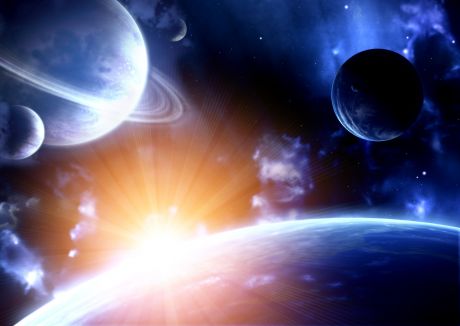
Astronomers have long suspected that other star systems in our galaxy and the Universe may have orbiting planets of their own. EU-funded scientists have now developed direct methods for actually acquiring an image of these extrasolar planets.
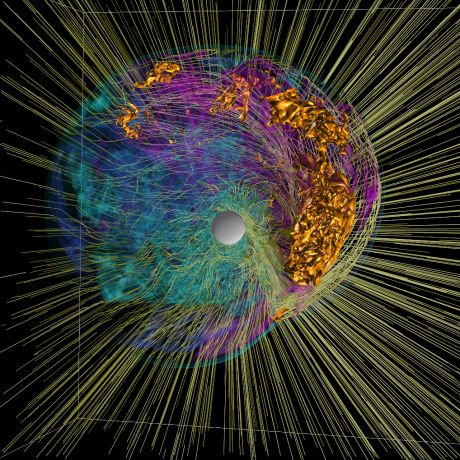
The dense stream of massless neutrinos flowing away from a collapsed supernova core disturb each other, giving rise to collective oscillatory effects. The importance of these nonlinear phenomena was only recently recognised and studied.
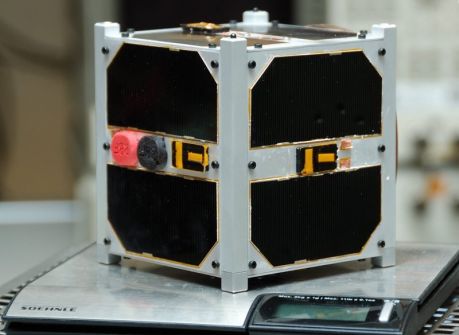
At a time when budgets are cut, satellites weighing just a few kilograms could become valuable tools for space exploration. For nanosatellites to open space to a larger community, an EU-funded project sought to establish a secure base of technologies, infrastructure and human resources.
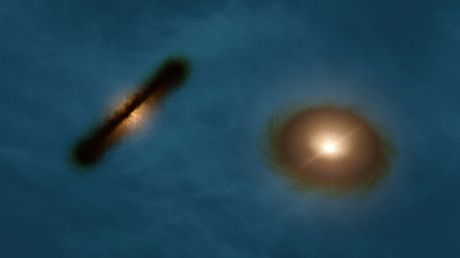
Newborn stars are surrounded by protoplanetary disks, swirling plasmas that can constitute the core of a developing solar system. EU-funded scientists studied the disordered movement of the constituent gases to get a grasp of how they make this transformation.
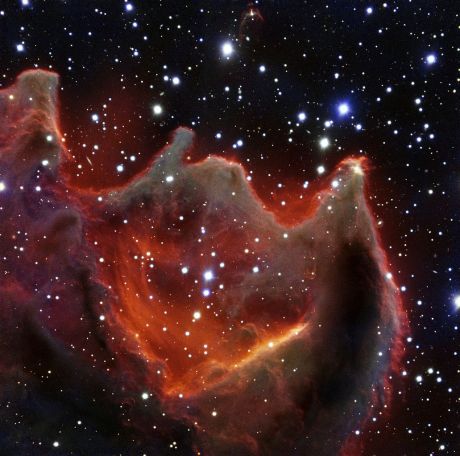
While the visible night sky appears unchanged, the Universe as observed at high energies is seething with activity. EU-funded scientists have developed tools to analyse the intriguing behaviour of the many sources of gammarays.
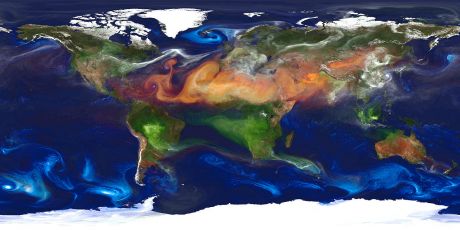
Geospatial data is collected from floating data buoys in the world's oceans as well as land-based environmental stations and satellites orbiting Earth. Researchers worked together to make such vast amounts of data easier to use.
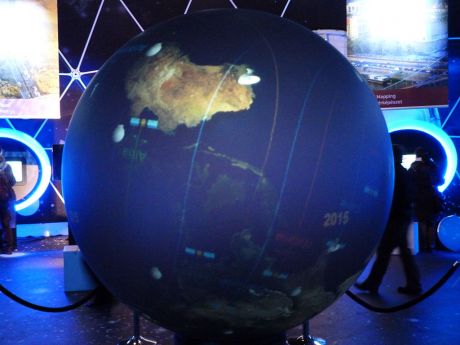
An EU-funded consortium has proposed an innovative framework for sustainable open access to in-situ data needed by Copernicus services in the future operational phase.
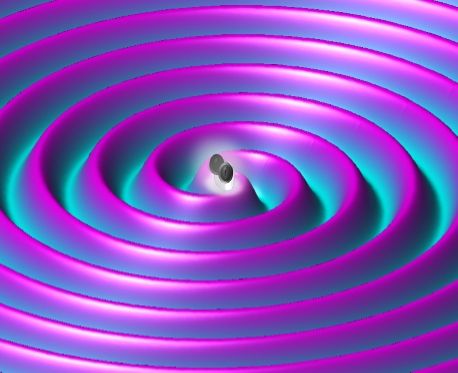
EU-funded scientists pitted the results of advanced numerical simulations against observational data in an effort to improve their capability to detect gravitational waves emitted from merging binary black holes.
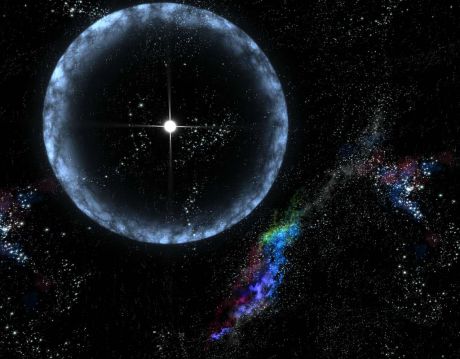
EU-funded physicists have gained glimpses of the stuff inside neutron stars, combining observations with theoretical calculations to pin down the nature of matter in these ultra-dense stellar corpses.


















